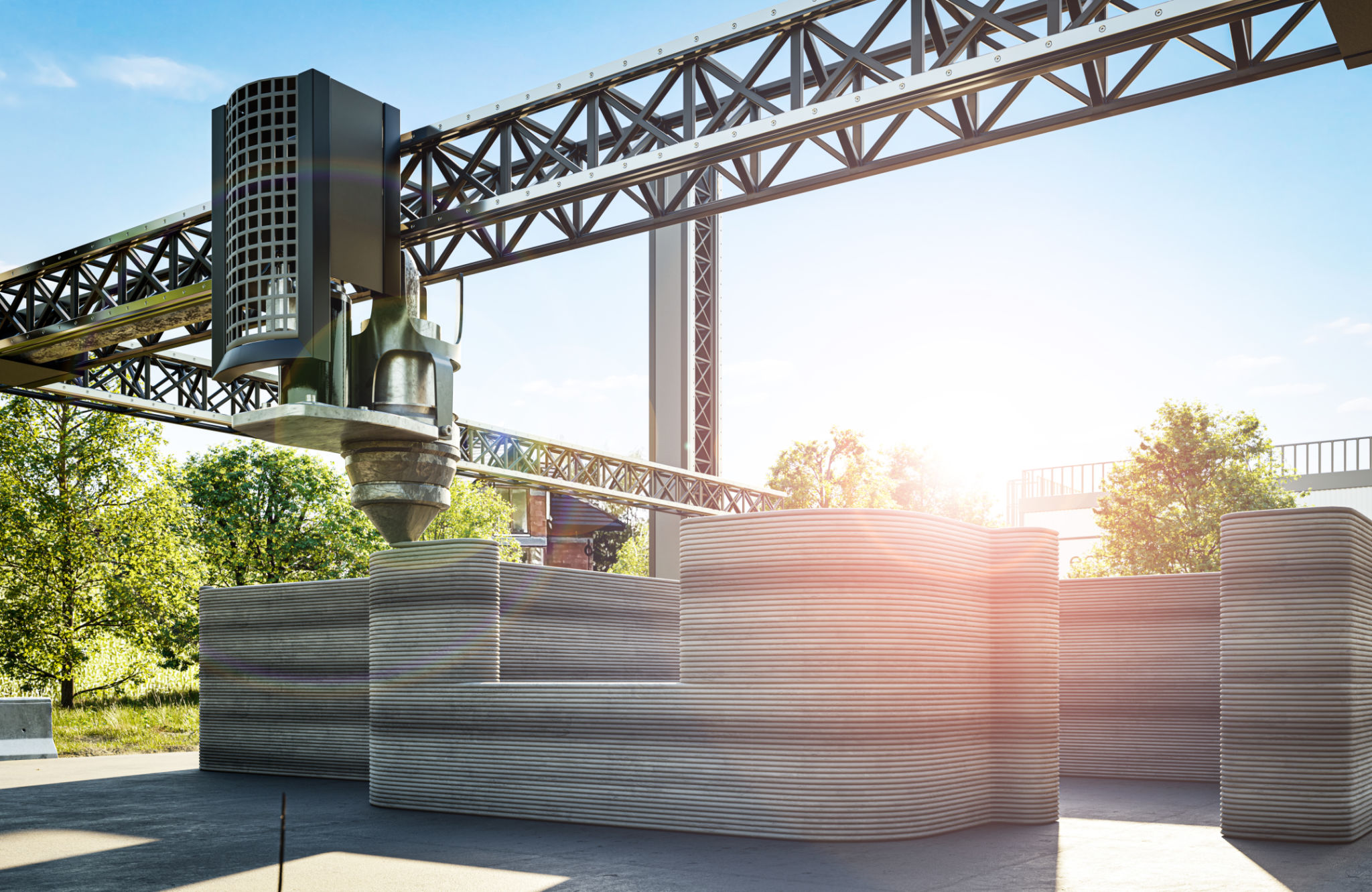Innovations in Concrete Construction: Trends and Technologies Shaping the Industry
Introduction to Concrete Innovations
Concrete construction has been a cornerstone of the building industry for centuries, providing strength and durability to countless structures. Today, this foundational material is undergoing a transformation, driven by cutting-edge technologies and innovative trends that are reshaping the way we think about construction. These advancements not only enhance the performance and sustainability of concrete but also open new possibilities in architectural design and construction practices.
Self-Healing Concrete
One of the most exciting innovations in concrete technology is the development of self-healing concrete. This material has the ability to repair its own cracks, significantly extending the lifespan of structures and reducing maintenance costs. Self-healing concrete incorporates bacteria or microcapsules that activate when water infiltrates cracks, triggering a reaction that seals them. This technology is a game-changer for infrastructure, especially in areas prone to extreme weather conditions.

Advanced 3D Printing Techniques
The integration of 3D printing technology in concrete construction is revolutionizing the industry. With the ability to create complex shapes and intricate designs, 3D printing offers unparalleled flexibility in design and efficiency in execution. This technique minimizes waste by using only the necessary amount of materials and drastically reduces construction time, making it an attractive option for both small-scale projects and large infrastructure developments.
Moreover, 3D printing allows for customization that was previously unattainable with traditional methods. Architects and builders can now explore unique design possibilities, creating structures that are not only functional but also aesthetically remarkable.

Eco-Friendly Concrete Solutions
As sustainability becomes increasingly important, the concrete industry is focusing on eco-friendly solutions. One such innovation is the use of alternative materials like fly ash, slag, and recycled aggregates to replace traditional cement components. These substitutes reduce the carbon footprint of concrete production while maintaining its structural integrity.
Additionally, new formulations such as carbon capture concrete are being developed. This type of concrete absorbs CO2 during its curing process, effectively reducing greenhouse gas emissions. Such advancements align with global efforts to combat climate change and promote sustainable construction practices.

Smart Concrete Technologies
The advent of smart technology has not left the concrete industry behind. Smart concrete integrates sensors and wireless technology to monitor structural health in real-time. These sensors collect data on stress, temperature, moisture levels, and more, providing valuable insights that can predict potential issues before they become critical.
This proactive approach to maintenance enhances safety and reduces the long-term costs associated with repairs and replacements. Smart concrete is particularly beneficial for large infrastructure projects like bridges and highways, where routine inspections can be challenging and costly.
Conclusion: The Future of Concrete Construction
Innovations in concrete construction are paving the way for a more efficient, sustainable, and resilient industry. From self-healing materials to smart technologies, these advancements are not just improving the quality of our built environment but also redefining what is possible in construction.
As these trends continue to evolve, the potential for further innovation remains vast. The integration of new technologies will not only enhance the functionality and aesthetic appeal of structures but also ensure that our infrastructure can meet the demands of future generations.

